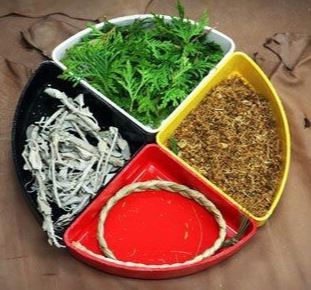Healing powers of plants and herbs is universal and across all continents, the only difference is that not all plants grow in one region. People usually utilize the plant or the herb that is abundant in their region. Many cultures and religions use sacred smoke made from the plant medicines. This is called smudging in Native America. While much is written on the use of smudging to cleanse negative energy, one of its main purposes is actually to bring vision to the healer, aided by the sense of smell.
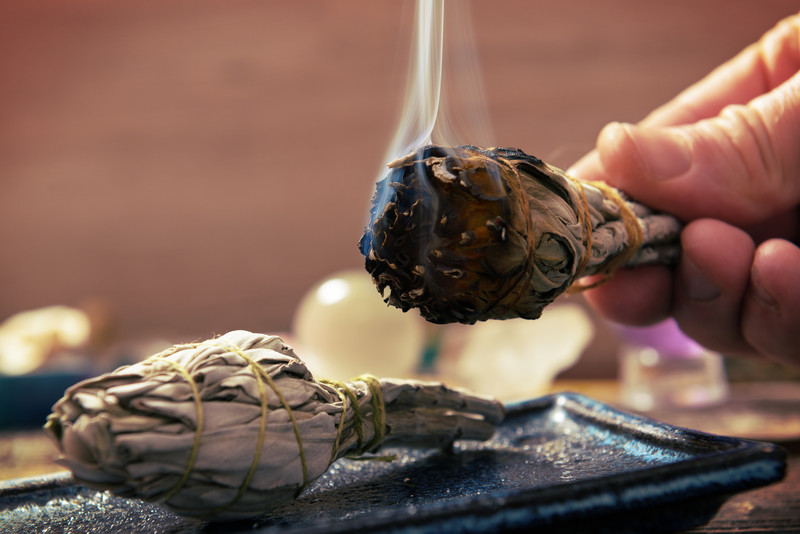
The four sacred medicines of the Aboriginal people in North America are Tobacco, Sage, Cedar, and Sweetgrass. In the Aboriginal mythology, the sacred medicines are a gift from the Creator to bring healing and visions. They are not to be smoked; the healing properties of these plants are only coming though smudging.
Let’s take a look at both sides of these sacred four plants: form a Native healing and spiritual point of view and from a Western medical point of view.
Tobacco
Tobacco is in the Eastern Doorway of the four directions. It is usually the first medicine to be given. Tobacco opens the communication between us and the spirit world. An offering of Tobacco is given when requesting something from an Elder or anyone for that matter, everything is through Tobacco. It is also left when taking something from the land such as plants or animals for personal use. Tobacco is used to send up prayers and thanks to the Creator.
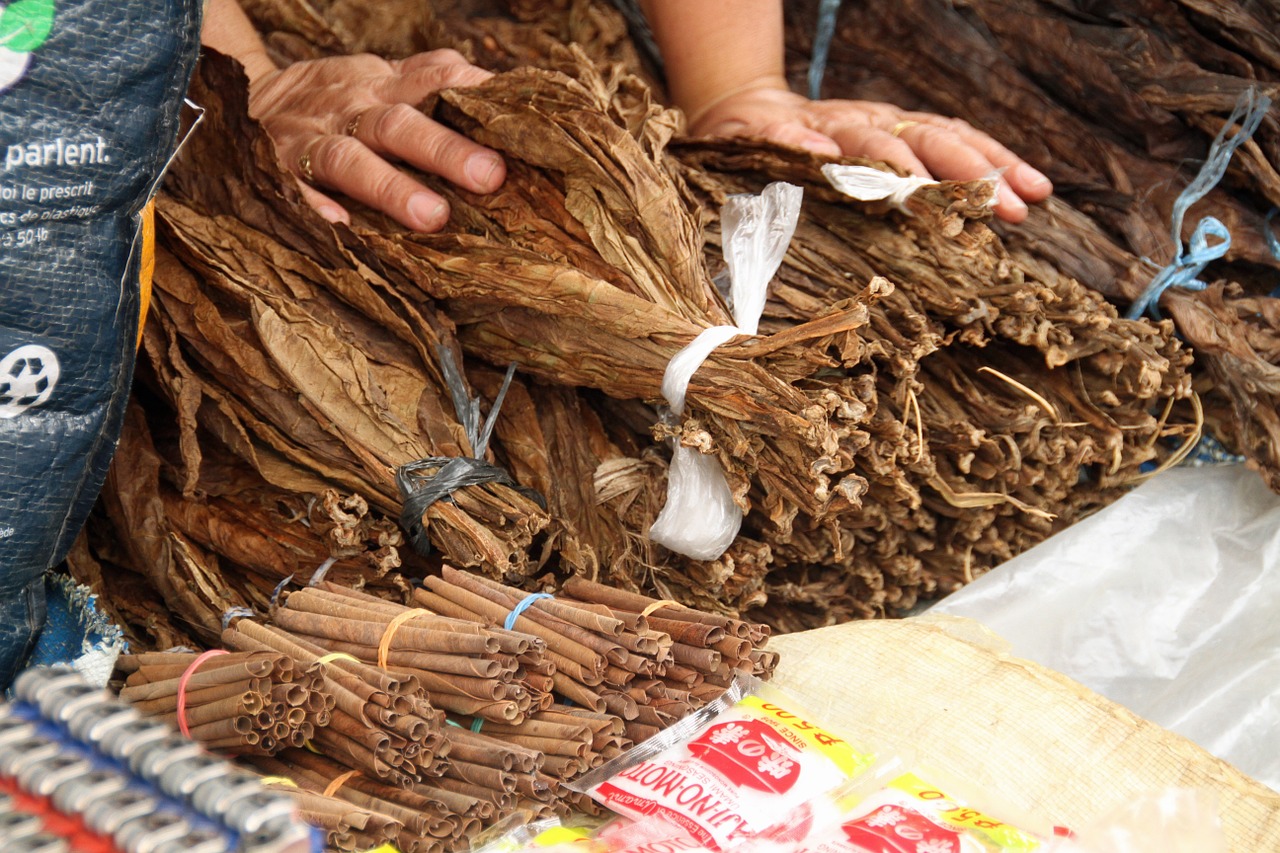
Cedar
Cedar is in the Northern Doorway or Southern Doorway depending on what nation you come from. Its medicine value is the tree of life, used in teas and baths, to purify the home and cleanses your spirit when used in a smudging ceremony. Cedar has a female and male side for balance. It is used for purification in sweat lodges and fastings.
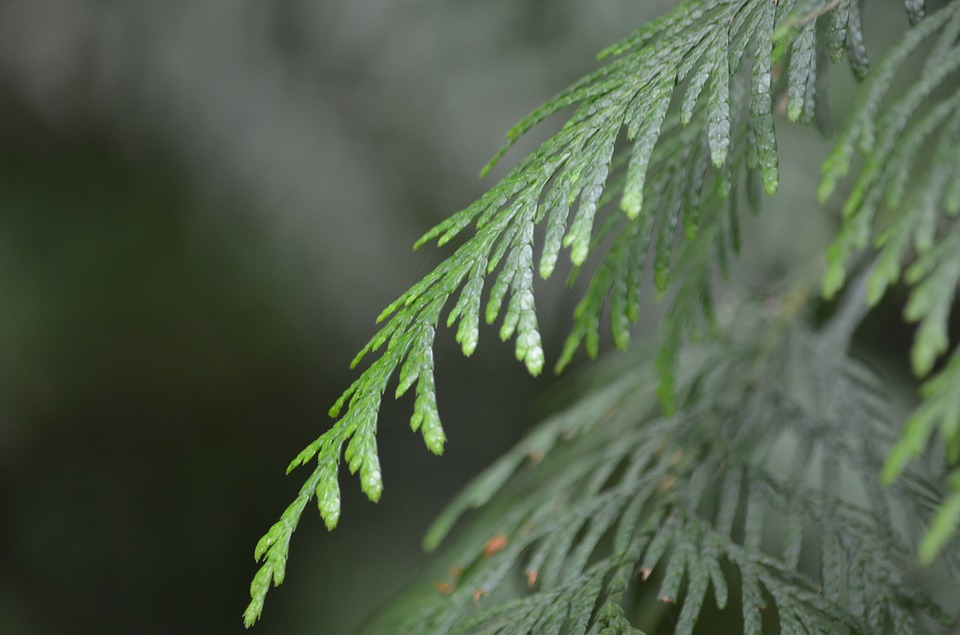
Sage
Sage is in the Western Doorway of the four directions. It is used to cleanse people, places, items, and ceremonies because of its deep cleansing value. There is a female and male Sage, parley sage is the female Sage. Sage is picked before it flowers for it has more medicine at this time.
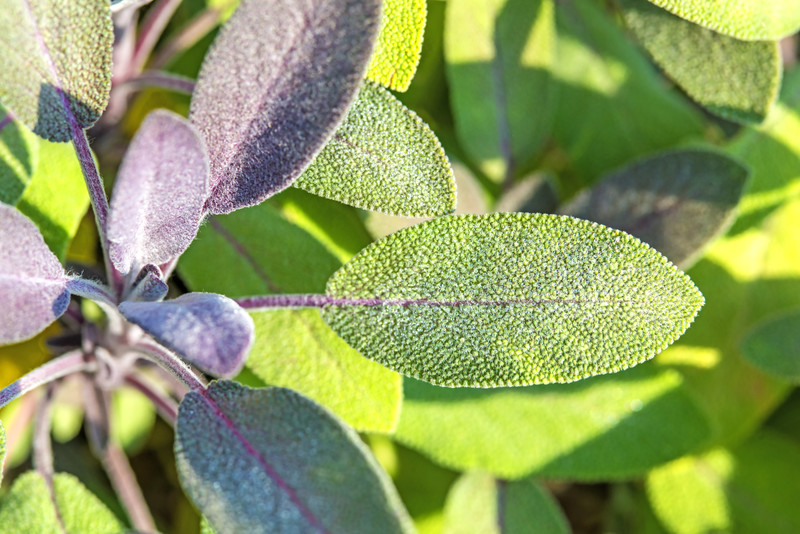
Sweetgrass
Sweetgrass is in the Southern Doorway or Northern Doorway depending on what nation you come from. It is the hair of Mother Earth and is female medicine. It is used after other medicines. It is calming and soothing. There are 28 strands in a Sweetgrass braid to represent the female cycle. You must always pray when picking and braiding Sweetgrass, for the mind, body and soul.
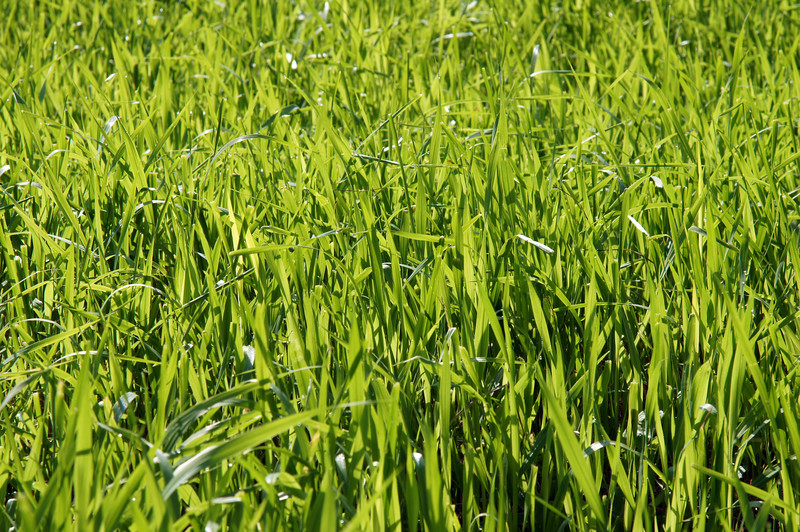
In the Western medical world these four plants have the following properties:
Tobacco (Nicotiana spp) – it’s hard to find something positive about tobacco in medicine nowadays; there is something about Alzheimer’s disease that is controversial and goes like this: It has been shown that patients with Alzheimer’s present large reductions of nicotinic receptors in both the neocortex and hippocampus compared with healthy people. The positive effects of nicotine on cognitive function suggests that nicotinic receptors may contribute to normal cognitive functioning, and that patients with Alzheimer’s disease may benefit from nicotine therapy; it is also known that nicotine has an effect on dopamine receptors and neurons – therefore it is hypnotized that nicotine stimulates motor function and protects the neurons from dying and therefore it may be suitable for patients with Parkinson’s disease (apparently smoking protects you from Parkinson’s); Animal studies have suggested that the use of nicotine could have beneficial effects in patients with Tourette syndrome (a genetic disorder resulting from basal ganglia abnormality that is typically treated with dopaminergic antagonists) ; no pharmaceutical company has been interested in funding placebo-controlled trials to confirm these potential positive effects.
Cedar (Juniperus spp or Thuja occidentalis) – it is a species of juniper native to eastern North America from southeastern Canada to the Gulf of Mexico and east of the Great Plains, also known as red cedar, red juniper, pencil cedar or aromatic cedar; Juniper oil is distilled from the wood, twigs and leaves. The essential oil contains cedrol which has toxic and possibly carcinogenic properties. Do not use the essential oil internally.The cones are used to flavor gin. When berries are used it is for kidney health – they seem to increase the GFR (the filtration capabilities of kidneys) – thus increasing passing of urine (diuretic); it is also bacteriostatic (stopping bacteria from multiplying), especially for E.coli and Proteus spp ; don’t use for more than 6 weeks; contraindicated in pregnancy; the pollen is a known allergen.
Sage (Salvia officinalis) – the medicinal actions of this plant were found to be essentially Astringent (constrictive) and Antibacterial; also, all the species of Salvia have antifungal and virustatic (stop the replicating viruses) activities; Salvia decreases the Alzheimer’s disease symptoms (anxiety and sundowning); good for poor digestion; used extensively for sore throat or inflammation of the throat either internally as a tincture or externally as a gargle; it is contraindicated in pregnancy due to its potential for stimulating blood flow to the pelvic are and uterus.Sweetgrass (Hierochloë odorata) – as the name shows, this plant is known for its sweet scent. The vanilla-like fragrance is produced by an aromatic compound known as coumarin, which is even more evident when the leaves are dried. Coumarin has blood-thinning properties and some research has shown that coumarin and related compounds can be effective in reducing high-protein edemas, especially lymphedema. If ingested in large doses or over a long time, coumarins can cause liver damage and hemorrhages. Coumarins are also known to be carcinogenic; the smoke of burning sweet grass was inhaled to treat colds and also used to keep insects at bay. Herbal tea made from the leaves has been used to treat coughs, sore throat and reduce fever. The herb has also been used to stop uterine bleeding.
Sweetgrass (Hierochloë odorata) – as the name shows, this plant is known for its sweet scent. The vanilla-like fragrance is produced by an aromatic compound known as coumarin, which is even more evident when the leaves are dried. Coumarin has blood-thinning properties and some research has shown that coumarin and related compounds can be effective in reducing high-protein edemas, especially lymphedema. If ingested in large doses or over a long time, coumarins can cause liver damage and hemorrhages. Coumarins are also known to be carcinogenic; the smoke of burning sweet grass was inhaled to treat colds and also used to keep insects at bay. Herbal tea made from the leaves has been used to treat coughs, sore throat and reduce fever. The herb has also been used to stop uterine bleeding.
